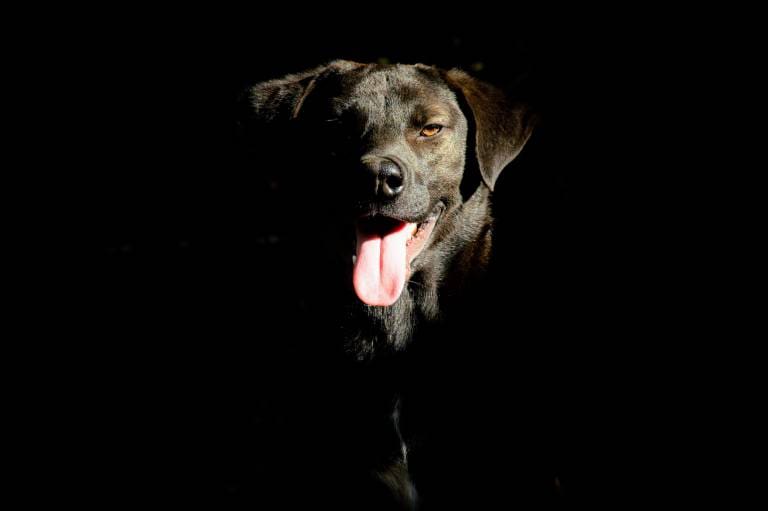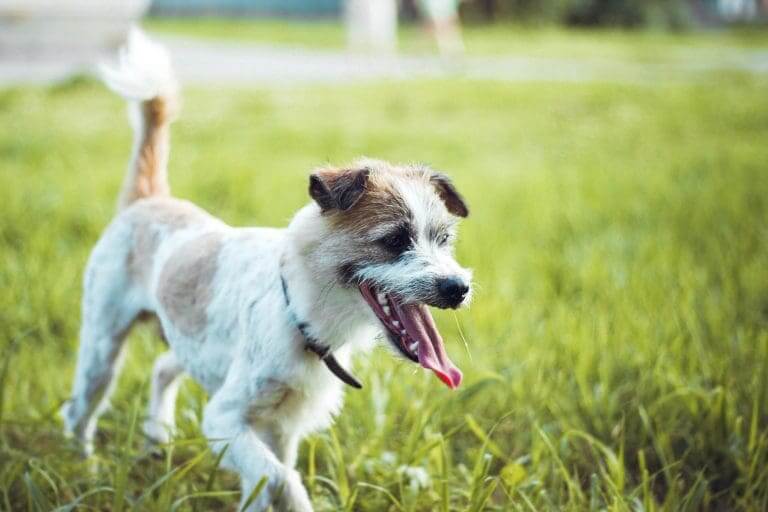How Much Rice To Feed Dog With Diarrhea?
Post Date:
December 10, 2024
(Date Last Modified: December 13, 2024)
When a dog experiences diarrhea, it can be a challenging time for both the pet and the owner. Many pet owners feel anxious about how to alleviate their dog’s discomfort. A common recommendation during such times is to provide a bland diet, with boiled rice being a frequent suggestion. Determining the right amount of rice to feed a dog with diarrhea can be tricky.
Understanding Diarrhea in Dogs
Before making any dietary changes, it’s crucial to understand the underlying reasons for your dog’s diarrhea. This condition can arise from various factors, including dietary indiscretion, stress, infections, or more serious health issues. Monitoring your dog’s overall condition is vital. If diarrhea lasts longer than 24 hours or is accompanied by vomiting, lethargy, or blood in the stool, seeking veterinary care is essential.
Feeding Rice: What to Know
The aim of feeding rice during this uncomfortable time is to provide a gentle, easily digestible meal. White rice is often preferred due to its blandness and low fiber content, making it easier for your dog’s digestive system. The starch in rice can help firm up stools and provide necessary energy.
How Much Rice to Serve
The appropriate amount of rice depends on your dog’s size and weight. A general guideline suggests feeding a small dog about 1/4 cup of cooked rice for every 10 pounds of body weight. For larger dogs, increase this to around 1/2 cup for every 20 pounds. These recommendations are broad, so individual needs may vary.
Start by offering a small portion of rice mixed with boiled, skinless chicken or lean ground turkey. This combination balances the diet while supplying essential nutrients. If your dog tolerates the rice without worsening diarrhea, gradually increase the portion over the coming days. Should discomfort arise or diarrhea persist, consulting a veterinarian is crucial.
Duration of Feeding Rice
If your dog shows signs of recovery, maintain the bland diet for 2-3 days, gradually transitioning back to their regular food once their stool normalizes. It’s vital to make this transition slowly to avoid overwhelming their digestive system.
Importance of Hydration
Hydration remains a key factor during this time. Diarrhea can lead to dehydration, so ensure your dog has constant access to fresh, clean water. An electrolyte solution designed for pets may also be beneficial if your dog exhibits signs of dehydration.
Balanced Nutrition Post-Recovery
While rice is a suitable food option for dogs dealing with diarrhea, it should not be the sole component of their diet. After recovery, return to a balanced diet tailored to their specific nutritional needs. If diarrhea occurs frequently, reassessing their regular diet may be worthwhile. Certain ingredients might not agree with your dog’s stomach, so keeping a food diary can help identify patterns.
Veterinary Recommendations
In some cases, veterinarians may suggest additional supplements to improve digestive health. Probiotics can be helpful, as they restore the balance of beneficial bacteria in the gut. Numerous pet-specific probiotic products are available, and your vet can assist in selecting the best option.
Individual Needs Matter
Every dog is unique, and dietary needs can vary significantly. If uncertainty arises regarding your dog’s dietary requirements, especially during illness, consulting a veterinarian is always advisable. They can offer personalized recommendations based on your dog’s health history, age, and breed.
Taking care of a dog with diarrhea can be overwhelming, but with the right approach, recovery is possible. Providing a bland diet that includes rice, ensuring hydration, and closely monitoring symptoms can aid in their recovery. Gradually transition back to their regular diet while remaining vigilant for any recurring issues. Prioritizing your dog’s health and comfort is essential.






